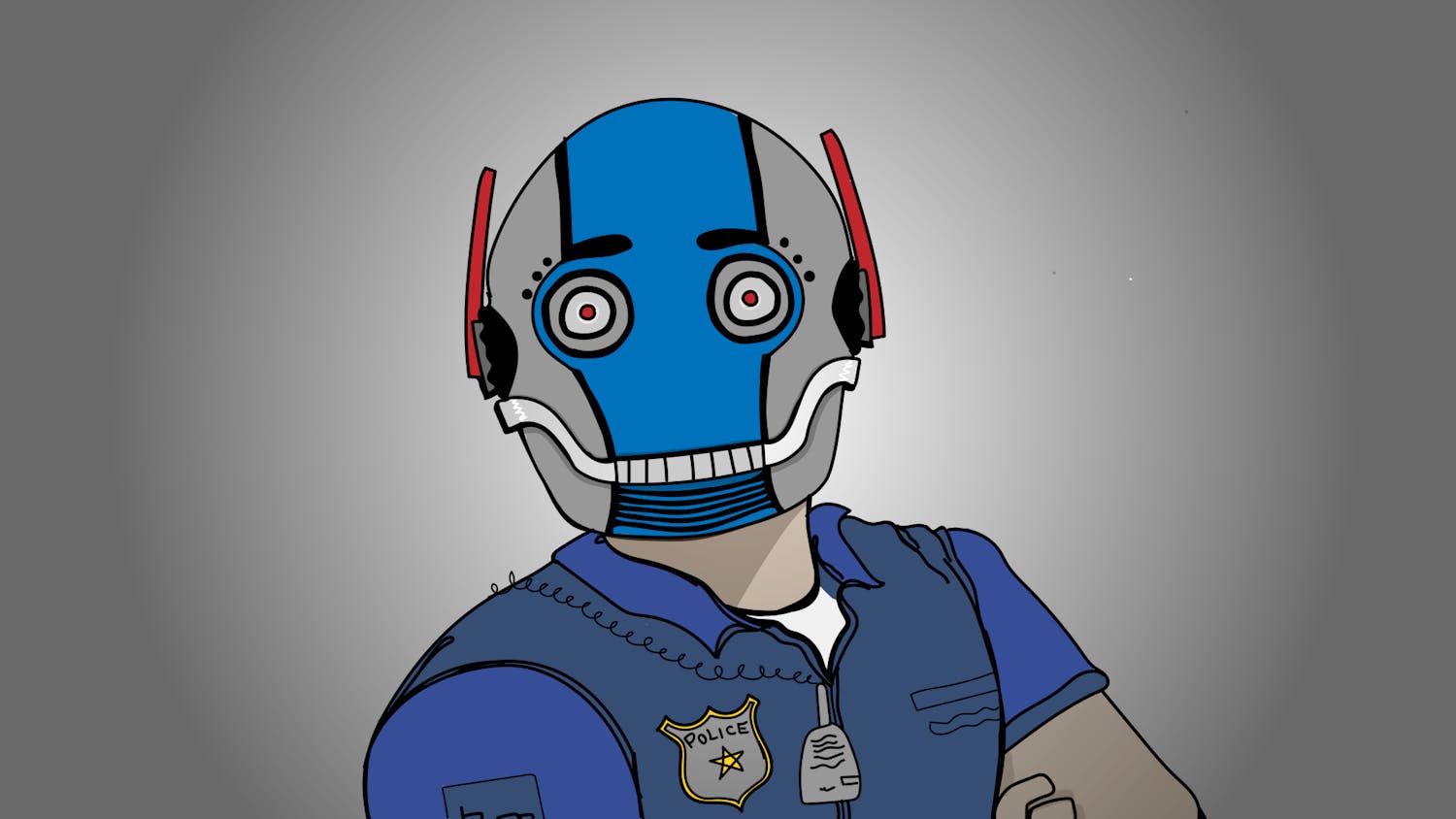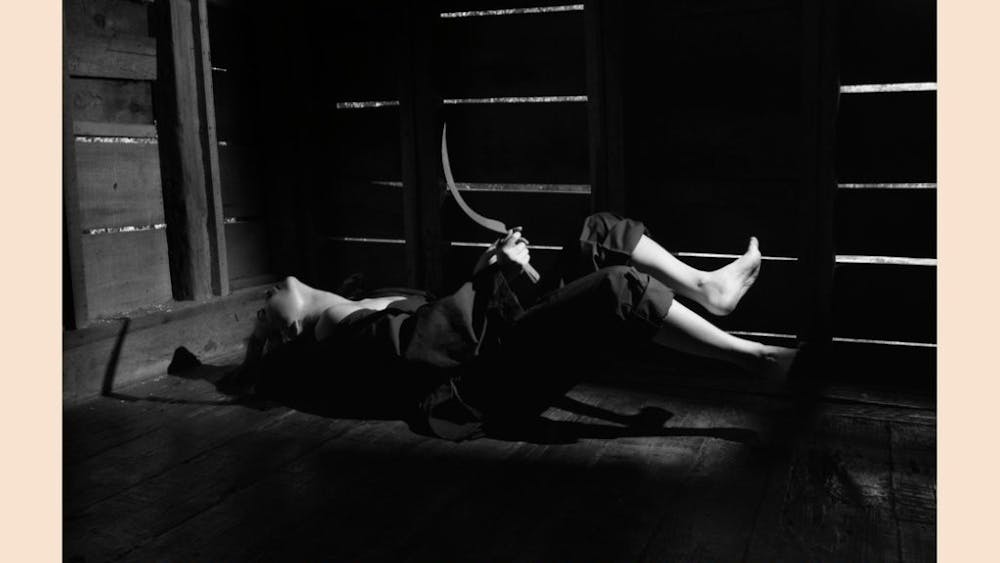South Asia abounds in possibilities.\nIf you are a female in South Asia, you can face female infanticide, slavery and discrimination. If that doesn't work, how about power, wealth and prestige?\nSouth Asia has committed some of the most horrific crimes against women, but ironically, it's also an area of the world where women rise to the highest seats of power, illustrating the problem of contradictions in South Asian politics and culture.\nThe world's first woman prime minister, Sirimavo Bandaranaike, died of natural causes just minutes after casting her ballot in national elections. Bandaranaike's death at 84 last week came at the 60th anniversary of her marriage to another former prime minister, who was murdered in 1959. She is survived by her daughter, who is president of Sri Lanka, and her son, an opposition leader.\nHer story is somewhat common. In South Asia, women are often placed into power because their husbands or fathers have been thrust out of power. Matriarchies have existed in Bangladesh, India and Pakistan. Women in power can last because political power is often defined along family lines -- these women take over countries when their husbands or fathers fall, despite little political or professional experience.\nThe reasons for women rising to power are varied. Politics in South Asia is feudal, and families in power generally want to keep it that way. Also, women come into power to diffuse the political situation and bring back memories of slain popular leaders.\nBandaranaike told the Associated Press in an 1988 interview that a woman is considered to be the next natural choice. After all, that's how she made it to politics. She had been widowed at a young age in 1959 and remarried to Sri Lankan politics. She won the election six years before Indira Gandhi became India's first female prime minister and served as the prime minister in this island nation for three terms before she stepped down in August. \nNearby, Indira Gandhi, daughter of India's first prime minister, was known as the Mother of India.\nShe was installed as prime minister in 1966. She stayed in office for 11 years, but governed with heavy-handed emergency powers for the last 20 months until she was assassinated.\nGandhi was loved, hated, feared and respected. She abolished the princely estates of the maharajahs, intervened in Pakistan's civil war to create the new nation of Bangladesh in 1971, and led India into the nuclear age.\nIn neighboring Bangladesh, Sheik Hasina and Khaleda Zia both came to power following family murders. Hasina's father was the country's first president and was assassinated in 1975, and her archrival Zia sought a role in politics only after her husband, another president, was killed. \nBoth women were installed into office by male politicians in need of party leaders who could unite the ranks by invoking memories of once-popular presidents, according to The Associated Press. \nIn Pakistan, Benazir Bhutto became the first woman leader of a modern Muslim nation when she won office in 1988. Her father, former prime minister Zulfikar Ali Bhutto, was removed from power and hanged by military dictator general Ziaul Haq in the late 1970s. Twice elected prime minister, she now lives in Britain and has been convicted in absentia of corruption.\nClearly, the situation presents a paradox. South Asian culture does not respect the rights of women everywhere. These women are leaders of the very nations that discriminate and mistreat them. And, although they come to power by default, they can and should greatly improve the situation of women in their respective countries.
Women take charge in South Asia
Get stories like this in your inbox
Subscribe





